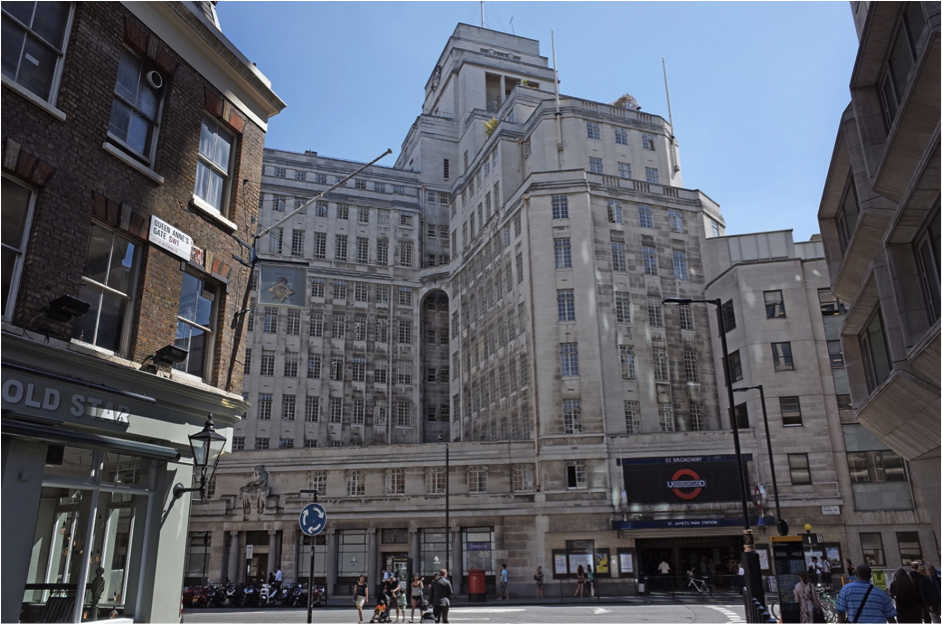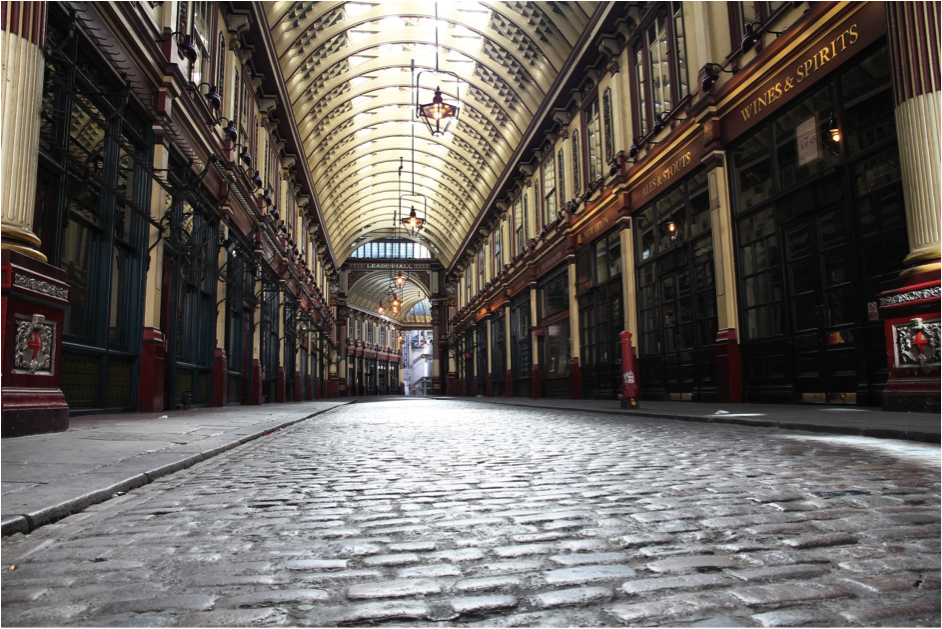 It’s one of the most visited cities on the planet. It attracts 27 million overnight visitors every year. They flock to the likes of Trafalgar Square and Leicester Square, a different language heard in every corner, all enthusiastically shouting “cheese” in their respective tongues.
It’s one of the most visited cities on the planet. It attracts 27 million overnight visitors every year. They flock to the likes of Trafalgar Square and Leicester Square, a different language heard in every corner, all enthusiastically shouting “cheese” in their respective tongues.
But there is more to London than the bright lights of Piccadilly Circus and Buckingham Palace. The city has built up a rich history since the Anglo-Saxon times which contributed to the capital with landmarks such as Westminster Abbey, but you’re likely to find some stunning buildings on almost every corner.
We take a look at the few that you might miss – but you really shouldn’t…
The Lloyds building was completed in 1986. And you can tell. The home of Lloyds of London looks like a scene from Blade Runner right in the heart of the city’s financial district. Known as the Inside-Out Building, it towers 312ft over the capital and still has one of the most innovative designs in the country.
Designed by Richard Rogers, the man behind the Pompidou Centre, its structure is based on the rationale that the greatest amount of floor space should be available, hence all the lifts, sewage pipes stairwells are visible from the outside. It makes for a stunning image and more than holds its own in and amongst the likes of the Gherkin, Heron Tower, and Tower 42.
There are not many buildings in London that have quite the extravagant past as the London Hippodrome. Over its 115-year history the Hippodrome has welcomed everyone and everything from Charlie Chaplin, to polar bears, to Prince in what is its current use – the Hippodrome Casino.
Beginning its life as a circus, the building now hosts regular tournaments and events, making it one of the finest spots to play roulette and other popular casino games in a fittingly fine piece of architecture. Located in the heart of Leicester Square, it was designed by Frank Matcham at a cost of £250,000 and at the very top stands the famous chariot and Roman soldier looking down on the glitz and glam of the movie premieres and casino below.
By looking at the image above you’d be forgiven for thinking this article had suddenly gone off topic and into the realms of ‘Western India’s Most Interesting Buildings’, but zoom out and you’ll be able to pick out Ikea, and the infamous Wembley Stadium Arch.
Just a stone’s throw from one of the world’s most technologically advanced stadiums is a nod back to the ancient temples of India in the small town of Neasden. Opened in 1995, it was described as Britain’s first authentic Hindu Temple with the Mandir being one of the finest examples in the world.
It’s open to all with a free entrance and is a great place to enjoy calm amidst the country’s busiest city.
55 Broadway may not look anything out of the ordinary, its Art Deco style can be seen all over London and it’s now towered over by any new-build in the city. But the now rather small St James’s Park tube station was the first skyscraper to go up in the city. It earned Charles Holden the RIBA London Architecture Medal, and is now a Grade I listed building.
The building has been home to the London Underground headquarters since its completion in 1929, and along the north and east facades includes sculptures from Jacob Epstein whose work includes the tomb of Oscar Wilde, the 18 nude sculptures on Zimbabwe House, and a number of other nude pieces that at the time were highly controversial.
None more so than at 55 Broadway. The Night and Day sculptures were considered indecent by many and debate raged on for years, eventually seeing the smaller Day figures being modified. They are however still visible today on the building that kick-started London’s rise into a bustling metropolis.
Look familiar but can’t quite put your finger on it? Leadenhall Market was recently used to represent the area near Diagon Alley in Harry Potter and the Philosopher’s Stone but it’s history dates much further back than the 2001 film, in fact it around 700 years further back.
The covered market goes back all the way to the 14th century and stands on what was the very centre of Roman London. Updated over the years, the ornate roof structure was completed in 1881 by Sir Horace Jones, and the Gracechurch Street main entrance makes it one of the grandest markets in the Big Smoke, rivalling the likes of Spitalfields and Covent Garden and keeping a touch of old London to financial district.





